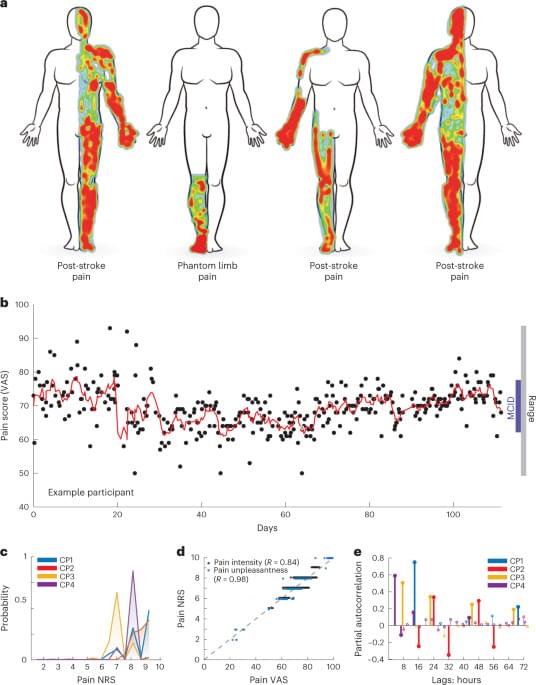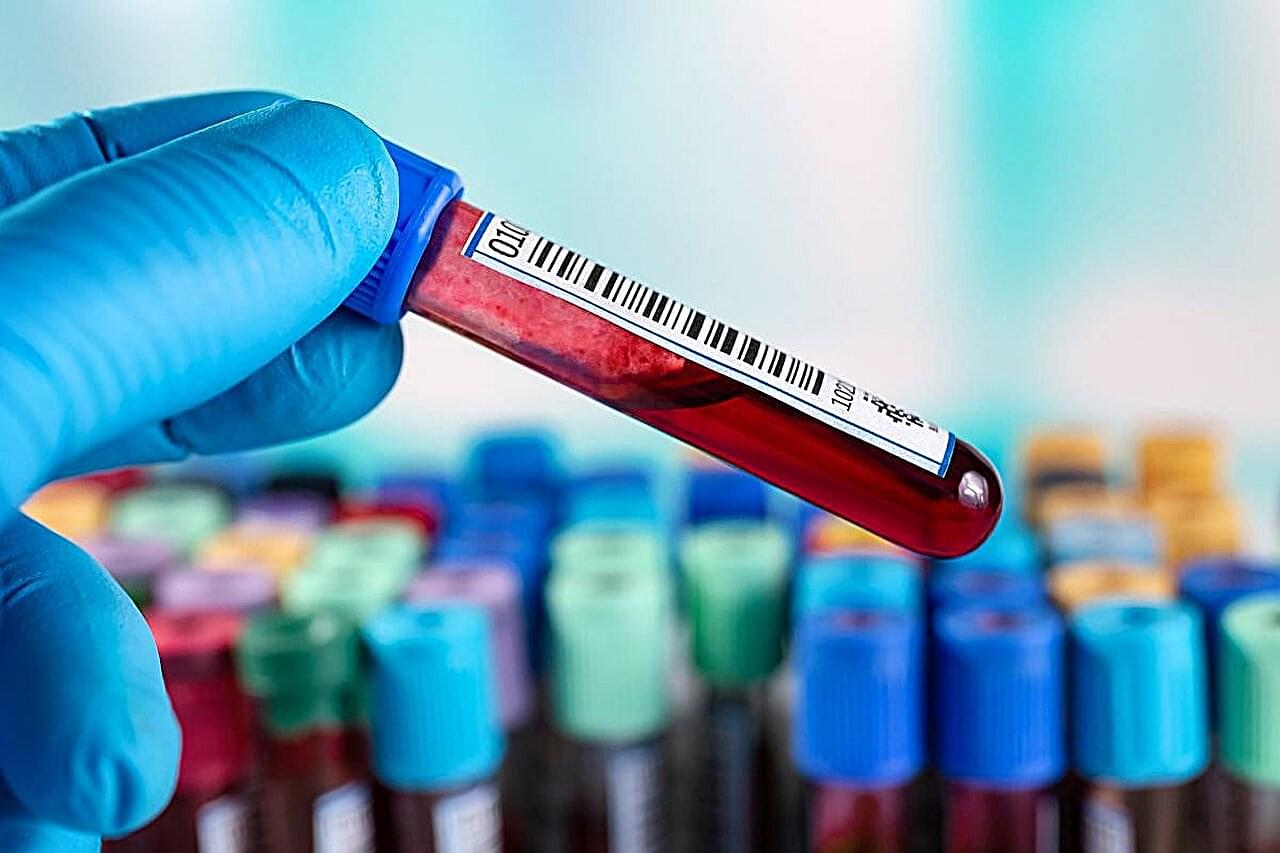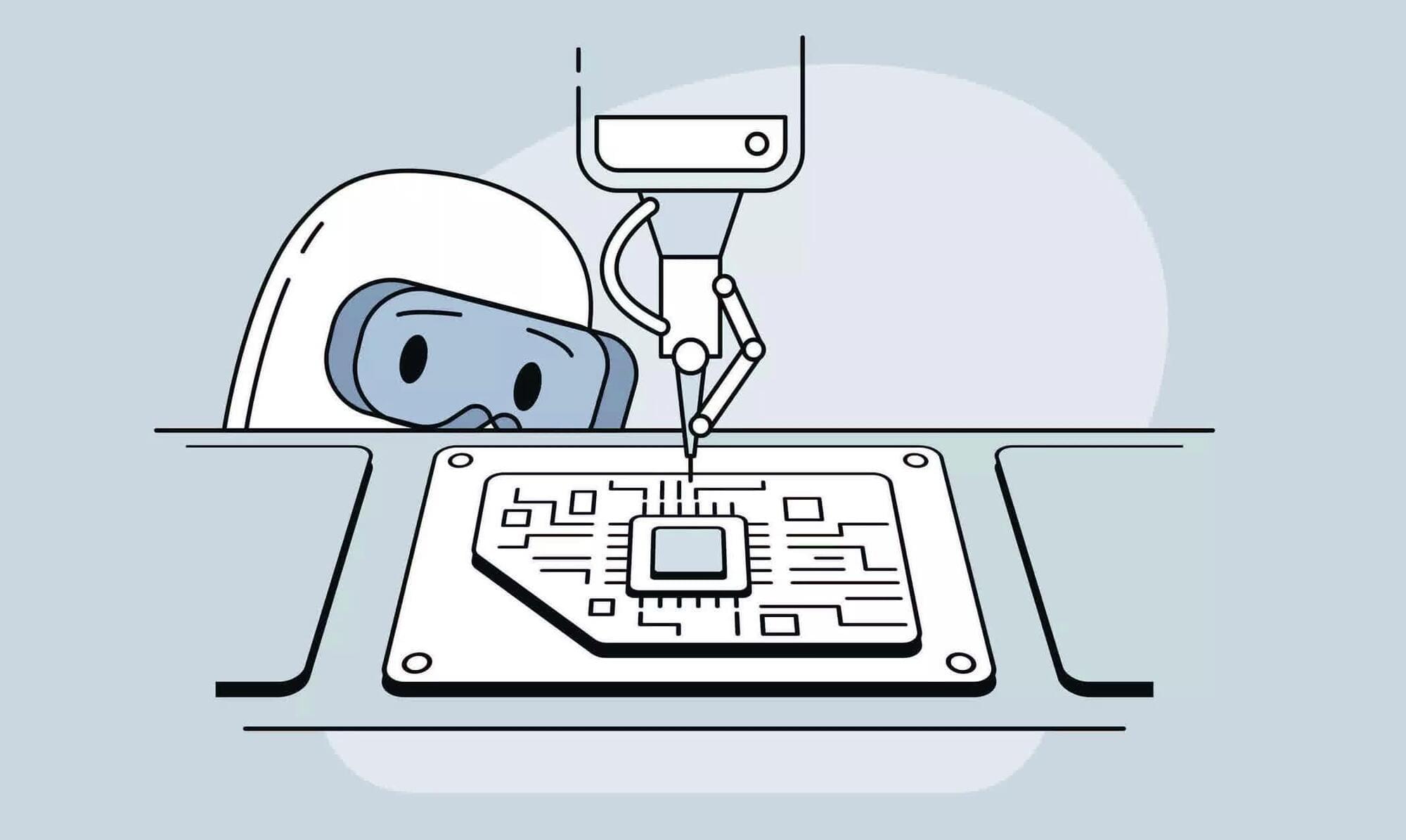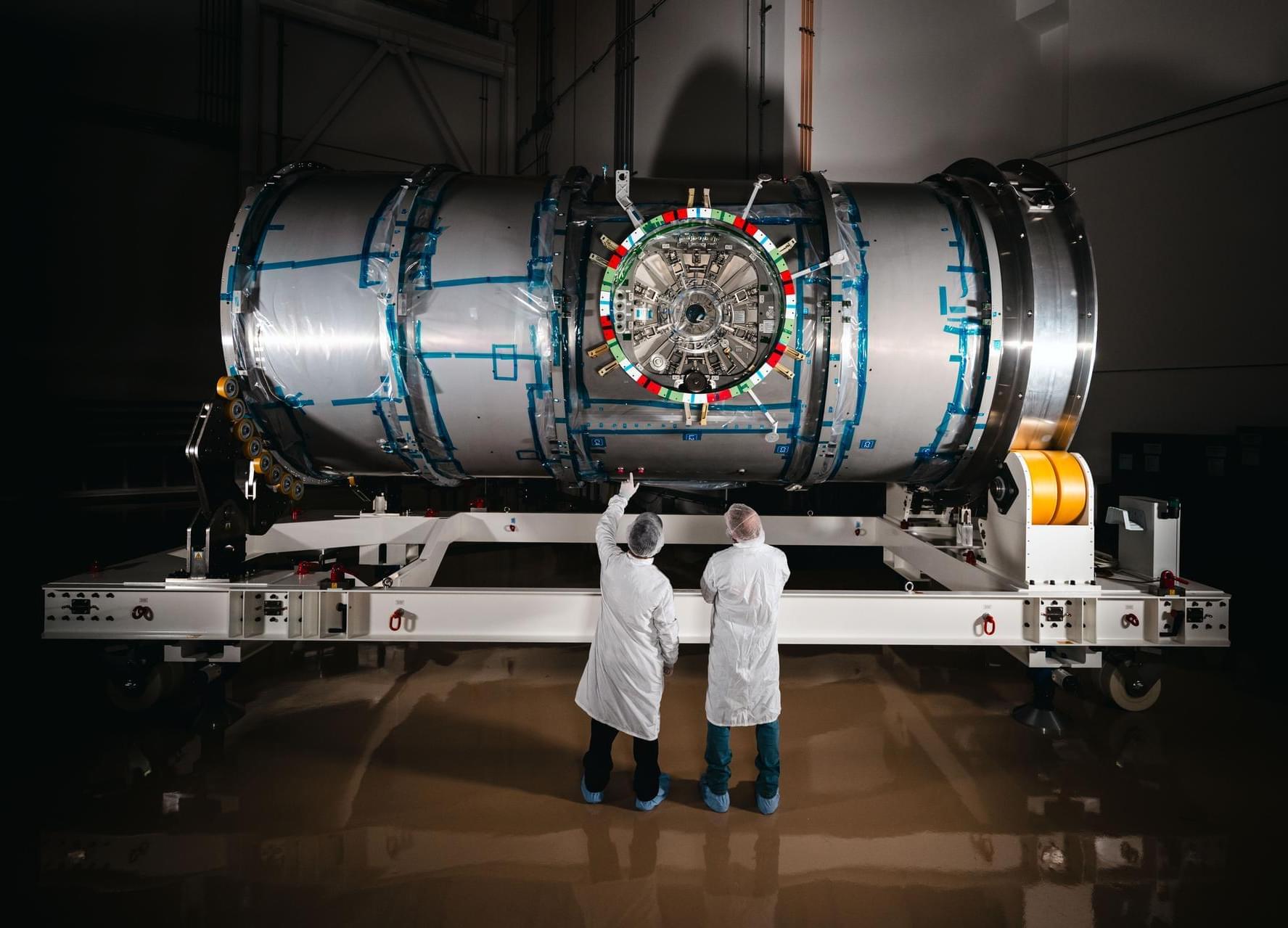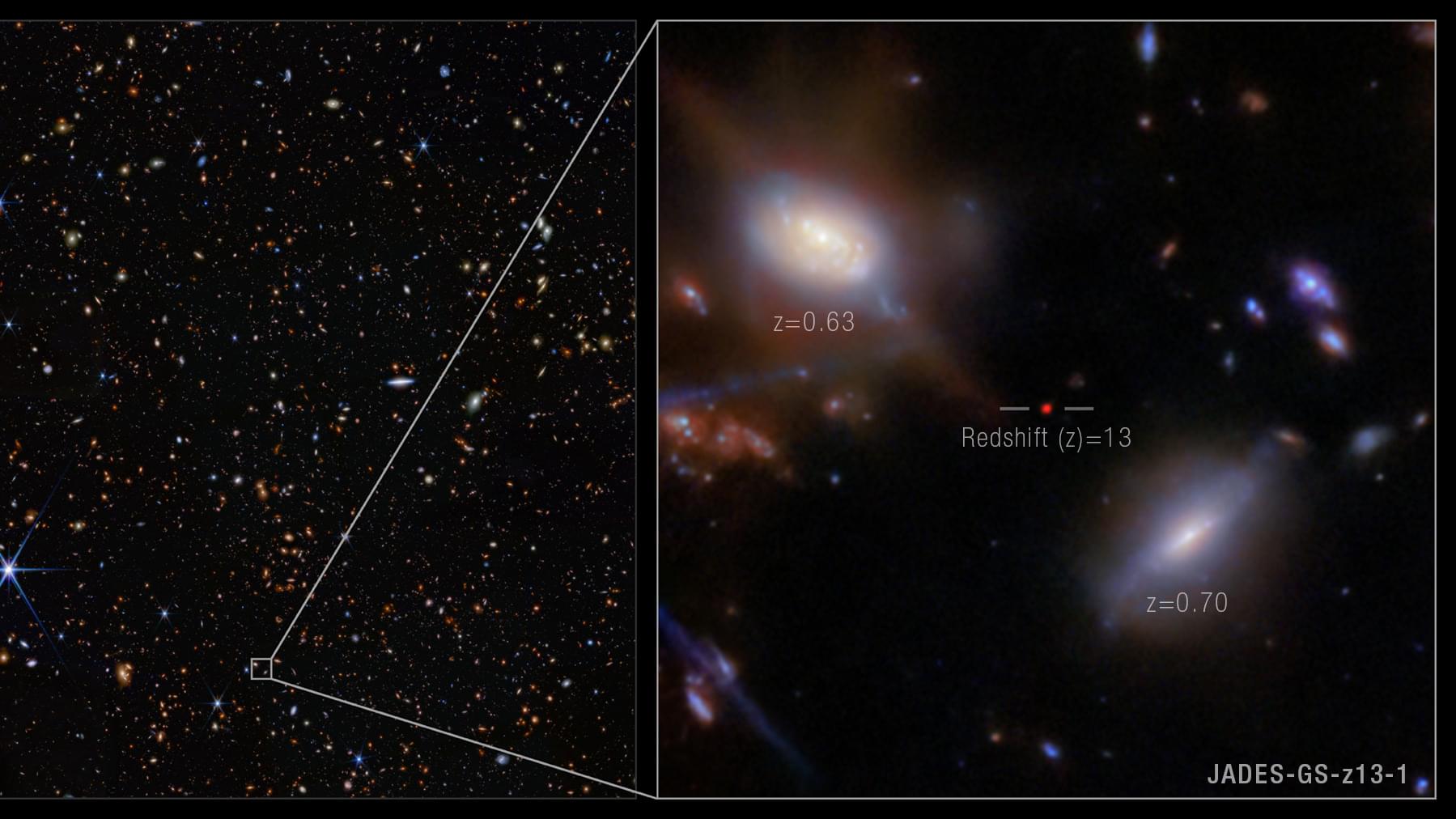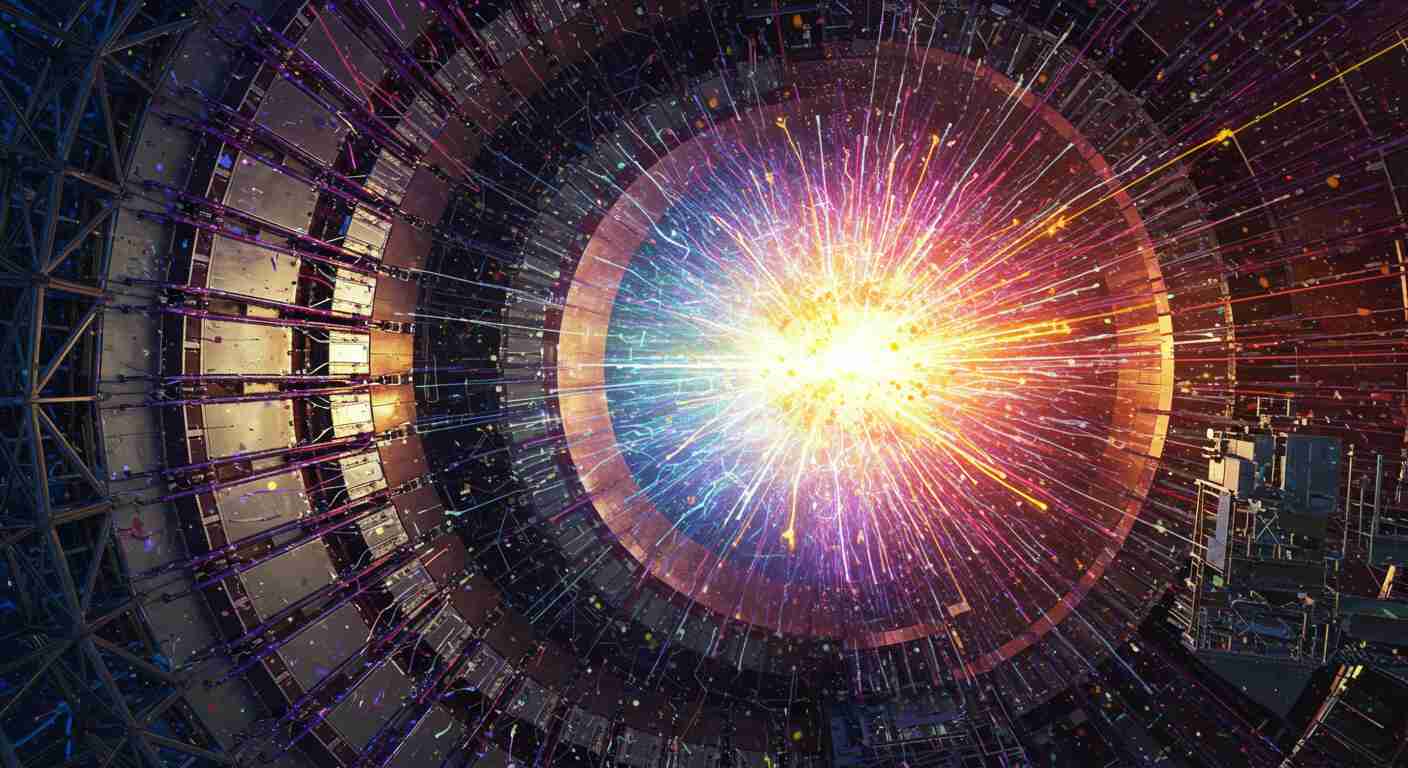Featuring LumaFusion, Waldorf Nave, In-Shot, Moodscaper, MultitrackDAW. I used In-Shot to assemble still collages and then imported them into LumaFusion with subtle zooming. I used some of the new LumaFusion transitions between these still images. I recorded Waldorf Nave and Moodscaper clips into MultitrackDAW and then exported them into LumaFusion for final blending and mastering.
I was going for a post-human world where the singularity has been achieved and humanoids benefit from the merger and constant stimulus of a fully integrated, technical, digital audio and visual experience. This experience can be named as Utopia, Xanadu or Heterotopia and, while I prefer the latter word, “heterotopia” is perhaps a little too obscure of a title. So, for the title I chose the spelling “PROJEKT” to indicate the scientific, technical feeling; and “HUMANOID” to indicate a better version of humankind; and “2050” as a nod to Bladerunner 2049, as well as a nod to the next generation of humanity. May it solve the problems that we are confronting today.
I hope you enjoy watching and listening!
Peace!
Tom.
